Text

Réparation faite à Louis XIV par le doge de Gênes Francesco Maria Lercari Imperiale, 15 mai 1685 by Claude-Guy Hallé, 1715

wikimedia commons
4 notes
·
View notes
Audio
Johann Christian Schickhardt (ca. 1682 - ca. 1762) - Concerto for 4 Recorders and Basso continuo in d-minor, Op. 19 No. 2, I. Allegro. Performed by Ricercar Consort on period instruments.
38 notes
·
View notes
Text

A long-delayed commission for the kind and extremely patient @branloaf. It's Margaret Tudor, taken from this contemporary sketch here, from the Recueil d'Arras.
81 notes
·
View notes
Text






Russia! My astonished child's eyes see huge palaces, beautiful parks, fountains, gardens, amazing gatherings of relatives, military parades, religious services in churches glittering with gold, jewels so breathtaking you can hardly believe they are real [... ] My eyes also see long corridors, vestibules, and halls, of a size beyond compare, opening one into another, and our feet trotting timidly over wide stretches of floors, so unbounded and polished, that we seemed to walk on ice. And everywhere, a very characteristic smell: a mixture of turpentine, Russian leather and cigarette smoke, with a fragrance, unique in its own way, that distinguished the imperial palaces. Imperial is the right word, fantastic, like in fairy tales [...] every superlative is at its place in that Russia of the Tsars, that Russia full of splendour, which today is no more...
- Queen Marie of Romania, “Story of My Life”
425 notes
·
View notes
Text
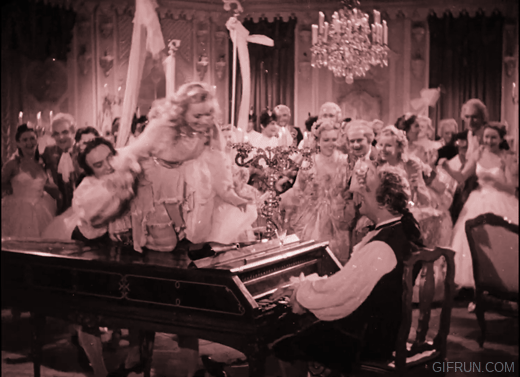
Movie: Friedemann Bach, about the second son of J.S. Bach. It's supposed to be biographical but I think mostly, if not entirely, inaccurate. Still, he was a great composer and his music is in the film. Wonderful costumes in this movie.
Disclaimer: this film was made during WWII in Nazi Germany, but it's a typical 1940s movie.
Film is in German with no subtitles but I'm watching it anyway.
3 notes
·
View notes
Text

But Richelieu was certainly highly strung. The cool, self-controlled exterior which he usually presented to the world concealed an exceedingly nervous temperament. Bad news had to be broken to him, gently. He would shed tears at the drop of a hat, causing Marie de' Medici to comment contemptuously: 'he cries whenever he wants to'. Sometimes Richelieu would hide
his emotion by taking to his bed. He was also prone to melancholia. His friend, the bishop of Lavaur, wrote: 'He had a melancholic spirit and was infected by the weakness of black bile. '
Robert J. Knecht, Richelieu
82 notes
·
View notes
Text
Do you know how much I love Jacques Rosny in this role? Fabulous illustration! Please check out my gifs of him on my blog otherhistoricalthings.
My first contribution to the fandom of french history. It`s Henri III de Valois. I was really impressed by the acting of Jacques Rosny in the film La Guerre des trois Henri (1978). And by his outfits too :) My friend helped me a lot with this drawing, so I dedicate it to her.
He is stressed but well dressed 💎


19 notes
·
View notes
Text
“In his youth Monsieur was partial to battles. He would arrive late on the field, having got himself up to kill; painted, powdered, all his eyelashes stuck together; covered in ribbons and diamonds - hatless. He never would wear a hat for fear of flattening his wig. Once in action he was as brave as a lion, only afraid of what the sun and dust might do to his complexion; and he proved an excellent strategist. But he soon found warfare too fatiguing; he was the only member of the family not to require violent exercise; he never went out hunting and seldom put his nose out of doors if he could help it.”
— Nancy Mitford, The Sun King (1966).
49 notes
·
View notes
Text
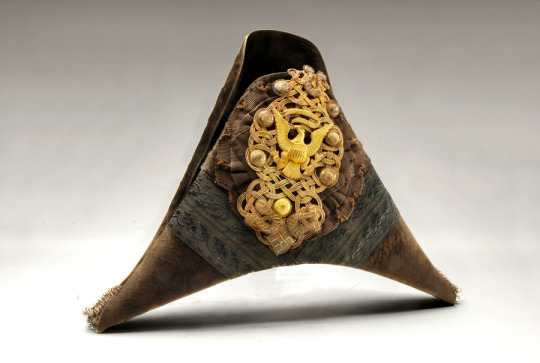

Hat, circa 1814
Military chapeau worn by Colonel Mendez I. Cohen (1796-1879) while he served as a member of Captain Nicholson's Company and General Armistead's command at the Battle of Fort McHenry in 1814. The triangular hat is decorated on the front with a gold emblem of an eagle with a shield, surrounded by gold braids and ribbons.
Courtesy of the Maryland Center for History and Culture
249 notes
·
View notes
Photo

Nicolas Fouquet reçoit Louis XIV, roi de France, dans son château de Vaux-le-Vicomte le 17 août 1661. Illustration de Maurice Leloir, collection privée• Crédits : Stefano Bianchetti/Corbis - Getty
(via Les courtisans et le fabuliste - Ép. 2/4 - La Fontaine, une histoire en héritage)
12 notes
·
View notes
Text
A reputation in tatters

Henry III’s divergence from the traditional model of French kingship made him a controversial figure in his own lifetime. He was an enigma to many of his subjects. Henry looked majestic: he was taller than average, comported himself with elegance and dignity; he was a good public speaker and, following the model set by Philip II, diligent and hard-working. He took the idea to heart that in order to reform the state Frenchmen would have to reform themselves. Who better to set an example than the king: for three years, beginning in January 1576, he instituted the practice of retiring after dinner to hear public lectures from the leading thinkers of the day on edifying subjects. But he did not always behave in the manner which was expected: he was notoriously free with his emotions in public and his sense of irony — he ennobled his court jester in 1584— was lost on many of his subjects. Without a child and dogged by ill-health his rule was precarious. He and the queen tried all sorts of quack fertility treatments. From the moment in March 1580 when Guise recommended a doctor from Dauphiné, the king would spend an increasing amount of time away from court taking thermal cures. The duke accompanied the king on the pilgrimages that he undertook to various shrines to assist the queen’s conception. In 1582 Henry, already noted for his piety and convinced that divine wrath was the cause of his afflictions, underwent some form of spiritual conversion that manifested itself in abstinence. Regular dietary austerities had already become a significant part of his life and he now vowed to sleep with no other woman than the queen. On 11 August the king took leave of the court, leaving his mother in charge to go on a three month retreat. His immersion in the burgeoning penitential movement was crowned by the establishment of the new Confraternity of the Annunciation of Our Lady, which held its first procession at the feast of the Annunciation 1583.
On Maundy Thursday, in pouring rain, the king, dressed in the grey serge cagoule of a simple brother, returned in procession from Notre Dame cathedral, imitating Christ’s Passion with ritual flagellation. Many were shocked at the indignity of the spectacle; others, were more inclined to satirize what they saw as hypocrisy. The following ditty was one among dozens of lampoons:
Having pillaged the kingdom France
And all his people ripped off,
Is it real penitence
To cover yourself with a dripping sack cloth?
The Cardinal of Guise, who carried the cross, and Mayenne, who was master of ceremonies, had more dignified roles. Their elder brother was not present: he mocked the king for ‘living like a monk and not a king’. And there was something in this: the king spurned the traditional aristocratic pastimes, like hunting, tennis, and riding. As a consequence jousts and tourneys at his court were rare. The king was aware of Guise’s scorn, turning it into a joke one day, as he leapt into his saddle, remarking afterwards to one of the duke’s men nearby ‘Does my cousin have monks like me in Champagne who mount their horses in one leap?’
Henry was widely admired but he was not popular. Recent historians have found much to applaud too, but their judgement relies too much on the assessment of the educated elite. The people were less impressed. They blamed Henry for permitting heresy and thus bringing down on them God’s wrath in the form of harvest failure and plague, which afflicted his reign and came on top of the economic dislocation caused by civil war. As early as 1578, Claude Haton overheard the townsfolk on Provins denouncing him as a tyrant and an atheist. And his reputation suffered further because one could not trust him; he said one thing and did another. He issued a grand edict in 1580 abolishing many recently created venal offices, which were hated as a form of stealth tax since the purchasers recouped their investments in gifts and bribes, only to invent all sorts of new ones to sell soon after. Even taverns were turned into venal offices, forcing their owners, who had to purchase them from the Crown, to pass the cost on to the poor customer! Haton thought Henry deceitful, about as trustworthy as a ‘Turk’ or a ‘cunning whore’. The perceived gap between the king’s publicly declared virtue and privately practised vice was fertile ground for satire. Moralists railed against Henry’s court as a den of immorality, profligacy, and corruption. They pointed the finger at the king’s favourites, his mignons, or ‘sweeties’, a word with homosexual undertones. There was no truth in the rumours: but the king did little to stop tongues wagging; his ostentatious shows of affection towards them scandalized the public. The king’s penchant for dancing, which he undoubtedly associated with dexterity and self-discipline, was a red rag to the priggish. The mignons were swaggering dandies, whose fashions marked them out from ordinary gentlemen and outraged the Parisian bourgeoisie, none more so than the misanthropic diarist Pierre de l’Estoile, who described:
their hair like whores in a brothel, curled and recurled by artifice, sticking up under their bonnets, and their ruffs of their fine linen shirts stiffened and elongated so that their heads above them looked like the head of Saint John the Baptist on a platter. The rest of their clothes were the same; their pastimes were gaming, blaspheming, jumping about, dancing and vaulting, quarrelling and whoring, to follow the King around everywhere and do everything to please him.
Anti-court feeling was strong among the middling sort and fuelled the righteous anger of the pious killjoys who made up the ranks of the Catholic League. Haton described how in 1581 the religious radicals in his parish refused to take part in public prayers for an heir, desiring Henry’s ‘death and the extermination of his entire lineage’. This was an extraordinary moment which shows that ordinary people, who surely had no acquaintance with the new Protestant literature justifying Tyrannicide, were imagining the king’s death in the early 1580s.
Stuart Carroll - Martyrs and Murderers: the Guise Family and the Making of Europe
Thanks @microcosme11 for the gif!
9 notes
·
View notes
Photo

King Louis XIV proclaims Duke Of Anjou Roy Of Spain | Maurice Leloir (C.1853-1940)
29 notes
·
View notes
Photo
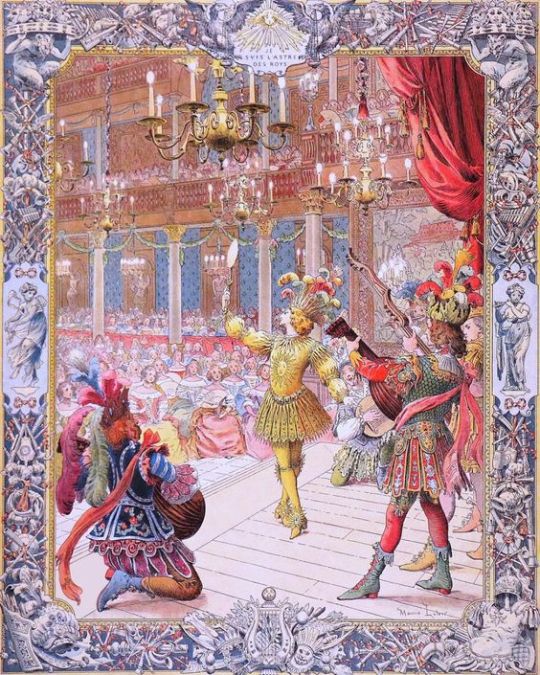
lebeaumonde.artblogger
“Je suis le Roi Soleil. – Le Ballet royal de la nuit, 1653”. Illustration for “Le Roy Soleil” by Gustave Toudouze
Date: 1904
Artist: Maurice Leloir (French painter and illustrator, 1853 - 1940)
Location: Bibliothèque nationale de France, Paris, France
16 notes
·
View notes
Photo
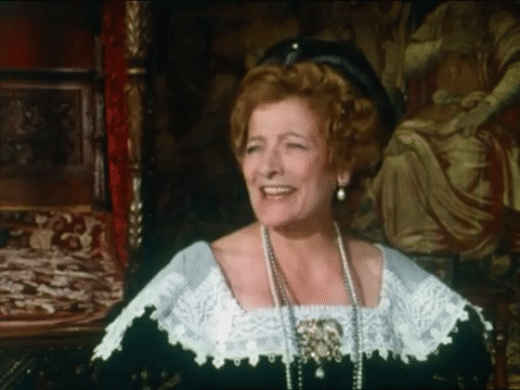

Marie de’ Medici (26 April 1575 – 3 July 1642), was Queen of France as the second wife of King Henry IV of France, of the House of Bourbon and Regent of the Kingdom of France officially during 1610–1614 and de facto until 1617.
A member of the powerful House of Medici in the branch of the Grand Dukes of Tuscany, thanks to the wealth of her family, Marie was chosen by Henry IV to become his second wife following his divorce from his previous wife, Margaret of Valois. Following the assassination of her husband in 1610, which occurred the day after her coronation, she acted as regent for her son, King Louis XIII of France, until 1614, when he officially attained his legal majority, although as the head of the Conseil du Roi she retained the power.
Noted for her ceaseless political intrigues at the French court, her extensive artistic patronage, and favorites (the most famous are Concino Concini and his wife Leonora Dori Galigaï), she ended being banished from the country by her son and his favorite Charles d'Albert, duc de Luynes, dying in the city of Cologne in the Holy Roman Empire.
21 notes
·
View notes
Photo




Lully’s music is beautiful, but the King looks pretty grim.
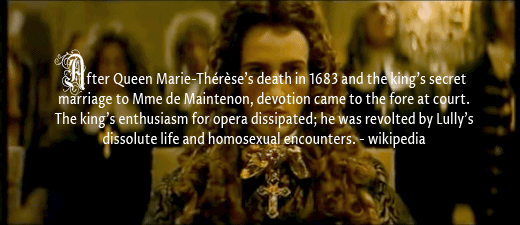
youtube
10 notes
·
View notes
Text
How to put text in whatever font you like on a gif
Figured it out....finally. There are probably other, and maybe better, ways, but this is what I’m doing.
---Upload a gif on the site ezgif.com. There will be a menu at the top: Add effects to animated gifs with “crop” “resize” “effects” etc. Pick “Overlay.”
(You need a file with a transparent background, with your text on it [.png file]. I used photoshop to make the png file. ezgif says what the dimensions of the gif are so I made a file that size)
---There is an “upload file” box where you can choose your png file
---Upload image to see it
---Generate image to make it permanent
---save
If you have any questions I will try to answer them. Probably won’t know the answer, though.

4 notes
·
View notes
